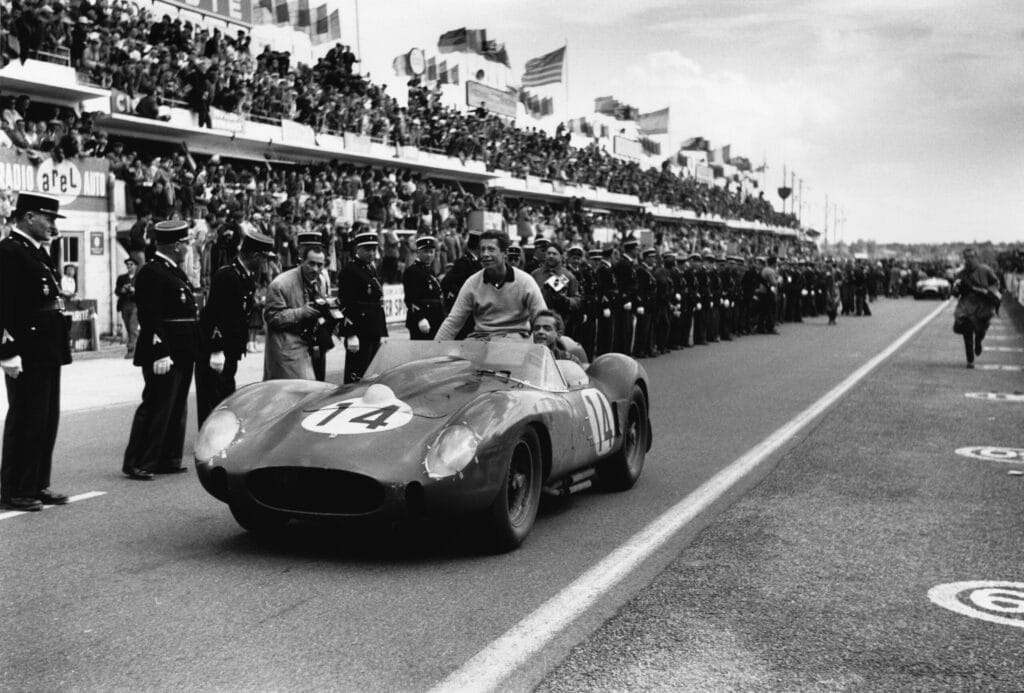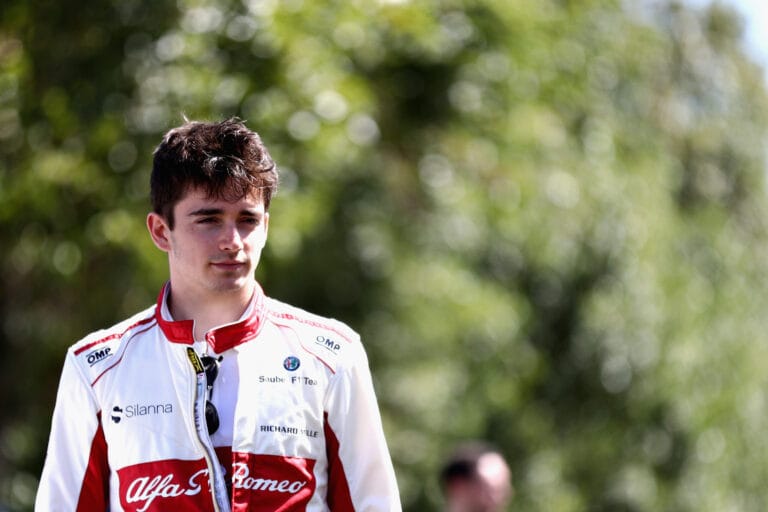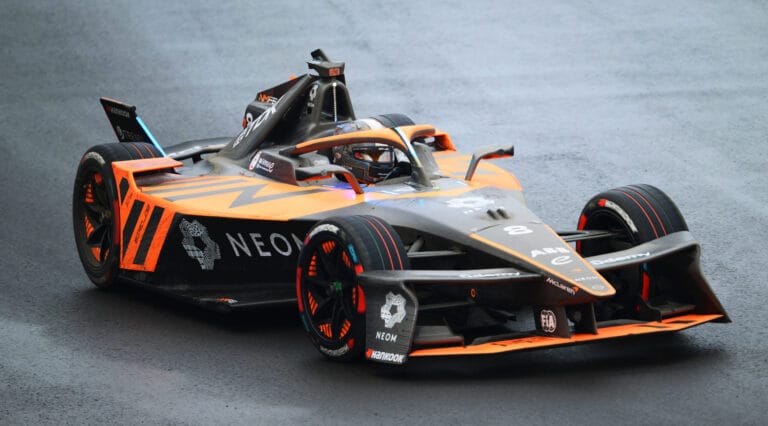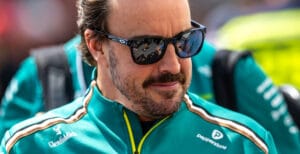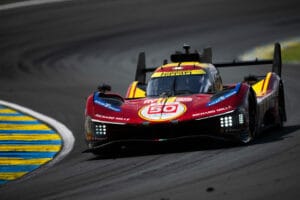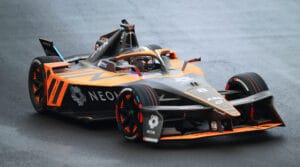As the current edition of the 24 Hours of Le Mans is underway, our thoughts drift back to Ferrari’s victory last year. However, Ferrari’s reputation was established at Le Mans long ago, as our columnist Koen Vergeer extensively described last year. Here’s a deep dive into the story.
Ferrari and Formula 1 are almost synonymous. Yet, Ferrari laid the foundation for its global fame in Le Mans. The 24-hour race had a much larger international appeal than Formula 1 for many years. Anyone who wanted to achieve something in Le Mans in the 1960s had to contend with Ferrari. In the early 1970s, when Formula 1 began to draw all the attention due to commercial sponsorship, television broadcasts, and the shrewdness of Bernie Ecclestone, Ferrari dropped Le Mans and focused entirely on Formula 1. Therefore, Ferrari’s return to the La Sarthe circuit is quite special. The mythology of Le Mans and Ferrari are closely intertwined.
The Birth of a Legend
In 1947, Ferrari built its first car bearing its name: the Ferrari 125S. Based on this design, the 166MM was built in 1948. The letters MM stood for Mille Miglia, the thousand-kilometer race across Italy, won for the first time by a Ferrari in 1948. With this victory, Ferrari’s true triumph began: in 1949, the 166MM not only won the Mille Miglia but also the Targa Florio in Sicily and the 24-hour race at Le Mans.
The Turning Point
The classic Le Mans race was held for the first time after the war in 1949. As the auto industry was still recovering from the catastrophe, the organizing ACO allowed manufacturers to send cars that had not yet been produced, the so-called ‘prototypes’. This temporary rule change had significant implications for motorsport. The prototype class was a hit, proving very attractive for car builders and the race. It became a permanent change, which is why prototypes are still raced at Le Mans today.
Dinosaurs of the Track
In 1949, the starting line-up was a rather haphazard collection. Many pre-war materials were brought out. Dinosaurs with a lot of power, but shaky. The only modern, lightweight race car was the Ferrari 166MM. However, it was not run by the factory, but purchased by a privateer, Lord Selsdon. The English racer asked two-time winner Luigi Chinetti to form a team with him. Subsequently, the faster Chinetti spent twenty-three hours behind the wheel. Only in the early morning did the Lord do a stint and together they won the race. Ferrari’s international fame was born.
Enzo Ferrari understood the impact of Le Mans: “When I win a Grand Prix, a few acquaintances call to congratulate me, but when I triumph in Le Mans I receive telegrams from all over the world.” For a long time, Le Mans was central to the Scuderia’s racing program. Only in June, when the 24-hour race was over, did they seriously start the Formula 1 season.
In the fifties, a titanic struggle arose on La Sarthe between Ferrari and the English constructors, especially Jaguar. And where Ferrari mainly focused on engine power, Jaguar also thought about the rest. For example, Jaguar introduced the disc brake at Le Mans in 1953. Ferrari scoffed that braking was only about delay, but Jaguar won the race.
A year later, with some extra cylinder capacity, Ferrari triumphed again, with Formula 1 drivers Froilán González and Maurice Trintignant at the wheel. And not after the Ferrari had been illegally helped back on track at one of the last pit stops. The ACO turned a blind eye and Jaguar proudly refused to protest.
Testa Rossa
In 1958, Ferrari won again, with the golden duo Olivier Gendebien and Phil Hill. The Belgian and the American formed a perfect Le Mans couple, with technical knowledge, patience, the same driving style, and above all without prima donna behavior. In the pouring rain, they steered their 250 Testa Rossa through the accidents.
Hill said: “It was impossible to see the slower cars well in the rain and darkness. I was going at top speed over the Hunaudières and waited until I heard the sound of an exhaust in front of me. As soon as I could see him in the dark there was a streak of light, the shadow of a car, driver, and immediately again the total darkness, looking for the next.” To be able to look over the mandatory high windscreen, Hill sat behind the wheel on a toolbox. Welcome to Le Mans.
Gendebien and Hill won three times together for Ferrari. But that did not go without a fight. Due to their lack of bravado, Hill and Gendebien were not the favorites of the Commendatore. The American North American Race Team, run by Chinetti, was actually preferred.
The Transatlantic Triumph of Ferrari
Chinetti, the Ferrari importer in America, knew that a victory for the North American Racing Team (NART) would boost transatlantic sales. This was especially true when the media-savvy Rodríguez brothers joined the team. However, the Rodríguez brothers were too impatient and wild for the endurance race. Early in the race, Gendebien heard that they were not adhering to the recommended maximum rpm of 8000, and he knew they would not make it to the end.
A day later, ‘Feel Heel’ and ‘Jellybean’ – as they were now called in Le Mans – crossed the finish line victorious. In the same race, Gendebien’s wife reportedly saw the signal pits in Mulsanne instructing Gendebien to ease off the gas, while the NART car was ordered to push harder. Marie-Claire relayed the information to Hill, who then signaled his teammate to accelerate. This was the romance of Le Mans. Regardless, Ferrari dominated, year after year, gaining international fame and charisma. To win in Le Mans, one had to beat Ferrari.
The Ford-Ferrari Rivalry
Ferrari’s worldwide fame did not go unnoticed in America. When Henry Ford saw Ferrari win Sebring with overwhelming force in 1961, he reportedly asked if they could buy Ferrari. A special Ford delegation even initiated merger talks in Maranello. Ferrari was interested in a significant capital injection but wanted to remain in control of the racing department, to compete in Formula 1 and Le Mans. Ford was primarily interested in Le Mans. The talks fell through, prompting Henry to grumble, ‘Okay, we’ll kick his ass…’
Meanwhile, Ferrari achieved its greatest victory at Le Mans in 1963. The first six finishers were all Ferraris, with Italian racing heroes Ludovico Scarfiotti and Lorenzo Bandini standing on the highest podium. In 1964, Ford was ready. With much fanfare, three GT40s and a series of Cobras with Ford engines went to Le Mans; the 24-hour spectacle became even bigger. Literally. Ford went all-in on power, with four-liter engines. But Le Mans is more than just power. The entire team had to adjust to the long race week with its rituals, the country (baguettes and no Coca-Cola), and the biggest opponent at Le Mans: the twenty-four hours. Not a single Ford made it to the finish. Three Ferraris finished at the front, with Jean Guichet and Nino Vaccarella as winners.
The Battle Continues
Ford decided to up the ante. It was David versus Goliath: the mega-corporation from America versus the mythical luxury car builder from a small Italian village. And Ferrari held its ground. In 1965, Ford brought eleven cars (and a Coke machine) to Le Mans. The MkII models now had a seven-liter engine in the back. Ferrari countered with eleven cars of their own. Again, the brute force was too much for the Fords. By midnight, all the cars were out of the race, most with gearbox problems. But Ferrari also faced numerous issues.
The Power of Cars and the Scarcity of Brake Discs
With increased power, cars were consuming brake discs at an alarming rate. There simply weren’t enough. Slower and broken-down Ferraris were plundered for parts. A sales assistant had to hastily fetch the last discs from the garage in Le Mans. This cost John Surtees forty-five minutes in the pits. Fortunately, the NART machine of Jochen Rindt and Masten Gregory did not run out of discs. They won the race, despite Gregory having to navigate the final rounds with a faulty differential.
Films and the End of an Era
The victory in 1965, the sixth in a row and the ninth in total, was also Ferrari’s last overall victory in Le Mans. Ferrari continued to win in various GT classes. Since 2000, Ferrari has achieved eleven GT victories in Le Mans. In 1966, Ford finally took over. Their seven-liter monsters finally held up, and Ferrari was left behind. Ford and Porsche began their mutual struggle. Ferrari still deployed the impressive five-liter 512S, but it became increasingly clear that both Formula 1 and Le Mans were too much for the Scuderia.
An era came to an end. A grand era that has since been immortalized in films such as Steve McQueen’s Le Mans and more recently Le Mans ’66. Interestingly, the Ferrari team plays the role of the dark bad guys in both films. This is undoubtedly due to Ferrari’s theatrical image and bravado, and the shadowy team management full of intrigues in the mysterious absence of the big boss himself.
Ferrari’s Continued Success and Return to Le Mans
In the early seventies, the beautiful 312P appeared on the circuits. With a strong line-up of Formula 1 drivers (including Jacky Ickx, Arturo Merzario, Mario Andretti, Carlos Pace, and Ronnie Peterson), Ferrari won many long-distance races. In 1972, ten out of eleven races were won for the World Championship Sportscars, but the real grand prize, the 24-hour race of Le Mans, was not won again.
The 1973 race, the fiftieth anniversary, was an epic duel between Ferrari and Matra. Both brands led for a long time, but also spent a lot of time in the pits or off the track. With an hour and a half to go, the Ferrari of Ickx and Redman, with victory in sight, dropped out due to engine trouble. From 1974, everything was focused on Formula 1. A year later, Niki Lauda became world champion.
Now, after fifty years, Ferrari returned to Le Mans in 2023 with the beautiful 499P. A return, well-timed, for the hundredth anniversary of the classic race, and amidst an impressive field of formidable opponents, such as Porsche, Toyota, Peugeot, and Cadillac. And it was a success…
The Overlooked Ferrari 333SP
In the story of Ferrari’s return after fifty years, one car is somewhat overlooked. In 1994, Ferrari launched the 333SP, a prototype, in the American IMSA series. With success. Privateer Massimo Sigala persuaded Ferrari in 1995 to also release the car for Le Mans. The media attention was enormous: Ferrari back in Le Mans! Sigala immediately received start number 1 from the ACO. However, it was not a success. After three hours, the engine gave up.
For five years, various 333SPs, run by private teams, participated in Le Mans, with the best result being a sixth place in 1997. Not run by the factory, largely built and developed by Dallara (Ferrari provided the basic chassis and the V12 engine), this Ferrari does not count in the beautiful story of the return after fifty years.


